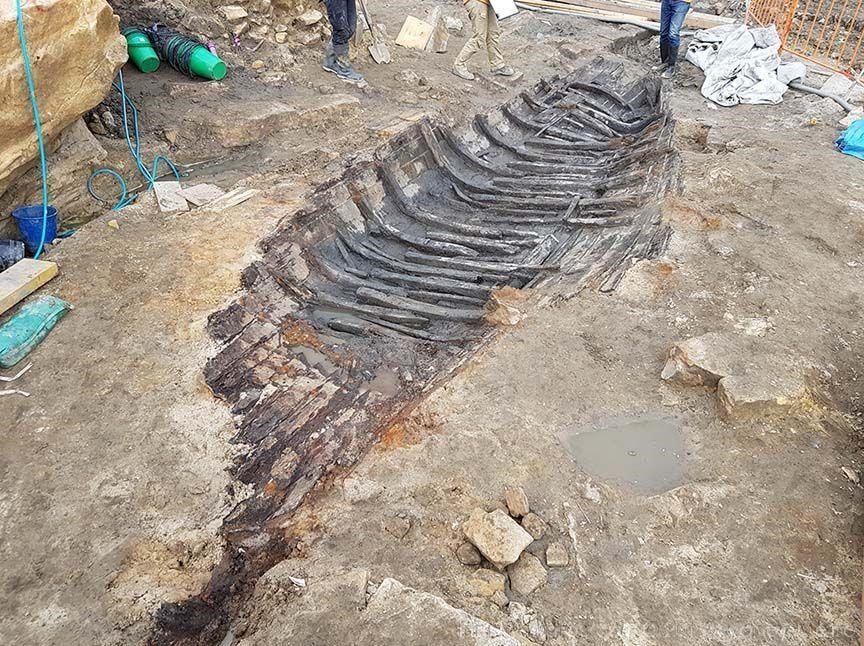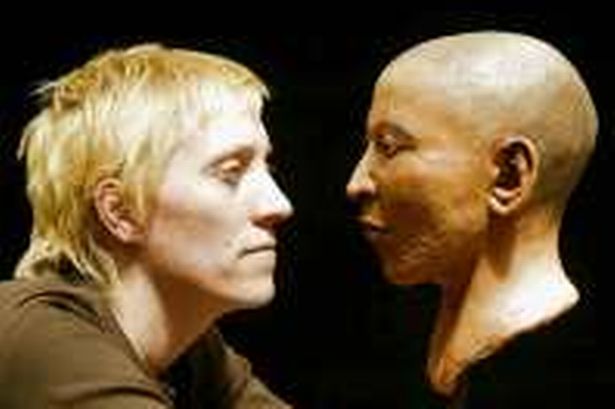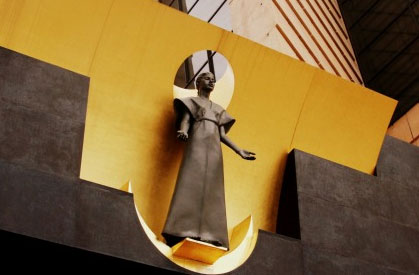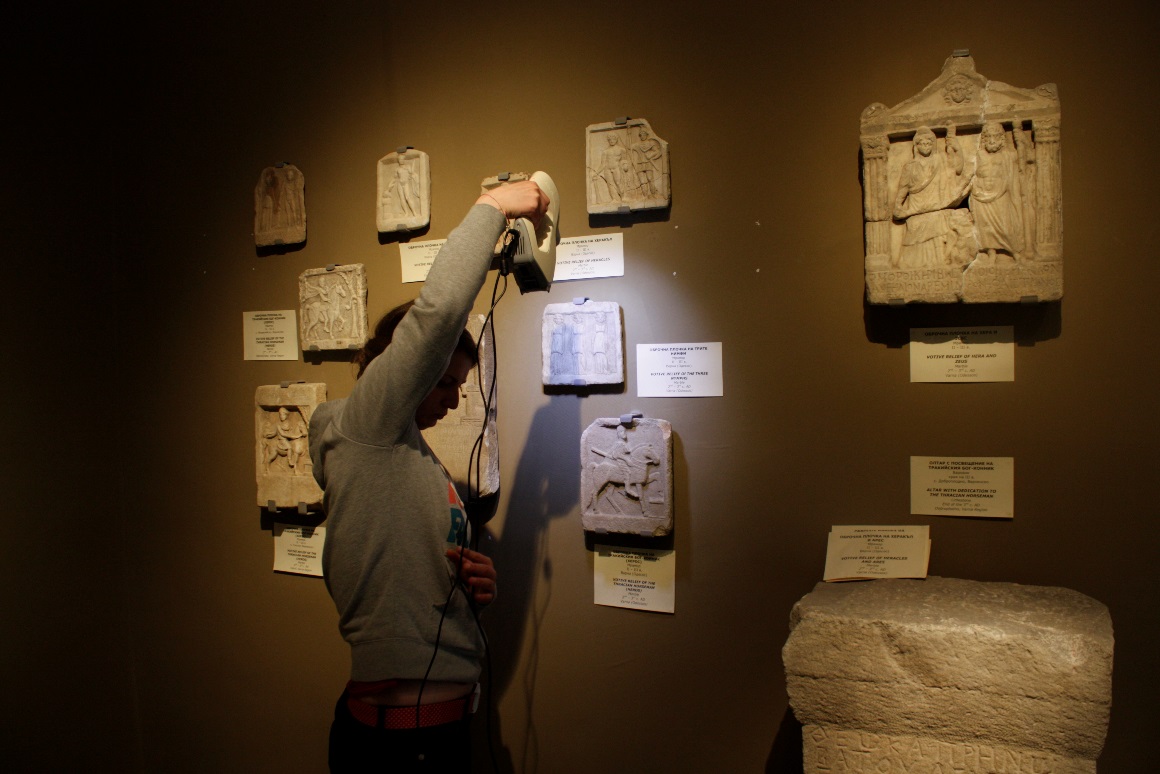Products and Services Used
Summary
Russian Academy of Sciences, commissioned Artec to help with excavation and documentation of the battle field. Artec was tasked with scanning all human and battle-horse remains.
The year was 1812. Napoleon invaded Russia and was getting dangerously close to Moscow. The last stance for the city was the infamous battle of Borodino which took place on September 7th.

Marking the 200th anniversary of that battle, the Russian Academy of Sciences, commissioned Artec to help with excavation and documentation of the battle field. Artec was tasked with scanning all human and battle-horse remains. The job was not for the faint-of-heart. One of our tech nearly fainted. But we persevered…

Traditionally, archeologists use photography, as well as pen-and-paper, to document their findings. Using an Artec MHT scanner, we were able to not only document the objects/subjects we found during excavation, but we could also measure any part of the scene months after we left the site. The scanner also captured each object/subject layer by layer as it was being revealed. That means that each layer can be further analyzed.

The excavation site shown on the picture contained 38 war-horses and 11 soldiers. One soldier’s scan clearly shows a bullet wound to the head.

Scanning took one hour and post processing took another hour (traditional tools would have taken many days). Artec Studio was used for further analysis in the lab.
Artec is grateful to have had this opportunity to be a part of European history and culture. We welcome other similar projects, so if you are a researchers or an archeologist and would like Artec’s help, please contact us as [email protected].









